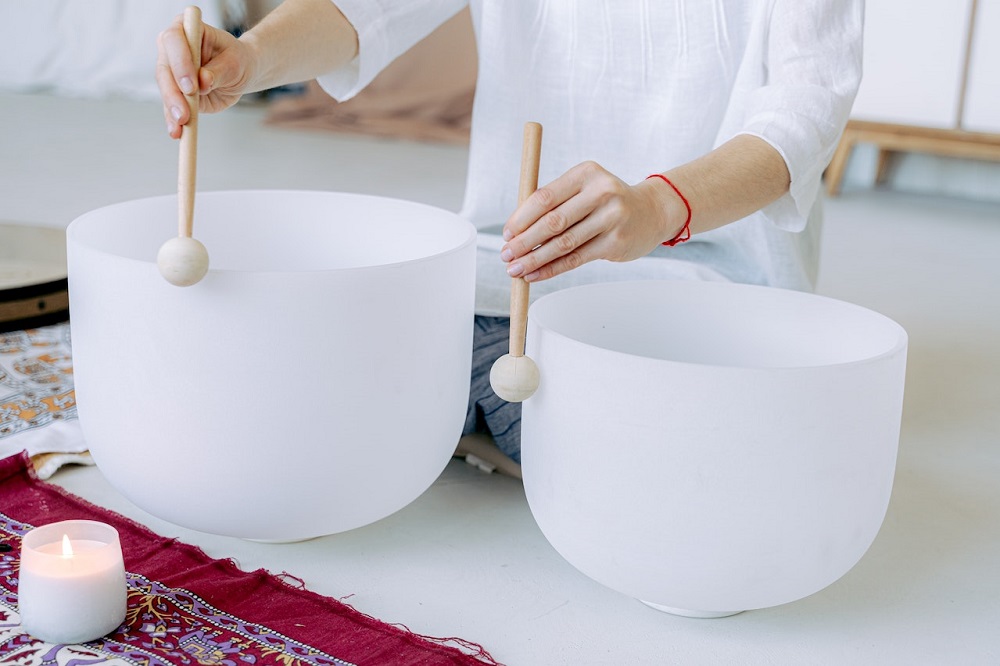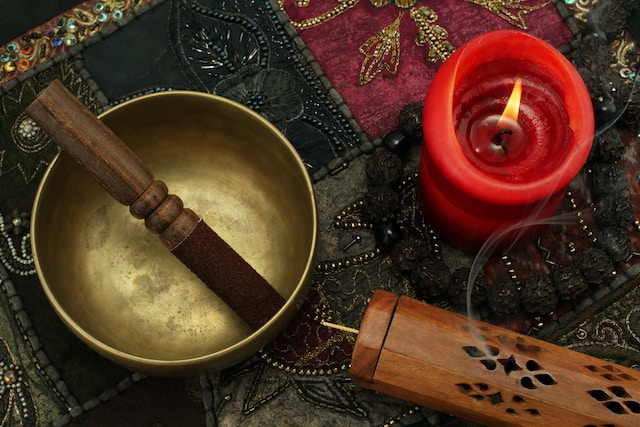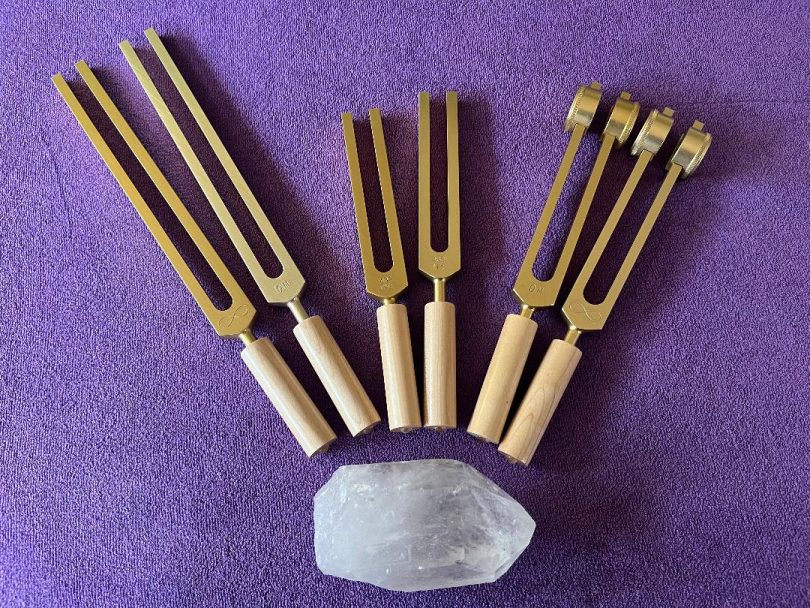What we as folk sometimes don’t realise, is that we have been using sound therapy since before we were born. Yes, you heard me right!

While deep within our mother’s tummy, she and others, would talk, sing and listen to music etc. We inside, may have started to move more, if we liked the song, music etc, and then it was repeated to try and get us moving again. We must also bring in here, the sound of our mother’s heart beat; this too would have been our early introduction to sound therapy and the rhythm of potential sound.
The beat of our mother’s heart would have brought us comfort, soothing and reassurance.
We also have our own internal rhythm, much like our fingerprint, it is unique to the person and influenced by upbringing, culture and living conditions, breath etc, which we can also tune into and is a continuing connection to our own sound therapy.

Photo by Antoni Shkraba
Sound healing is a practice which uses different sounds and methods to improve or enhance you mental, physical, spiritual, and emotional wellbeing, by using a variety of sound producing tools which can include tuning forks, gongs, singing bowls, pipes, flutes, drums, rattles, music, singing etc. – the list is huge.
Sound healing has been around for many years.
The use of sound as a healing technique is at least as old as recorded history and is mentioned in the oldest spiritual text. The creation story, talks of a boom and ancient rituals often involving chanting and drumming to bring about emotionally charged states. In the bible it also reads, “in the beginning was the word” and “make joyful noise unto the lord” (soundhealers.net). However, I feel that sound healing was around much earlier in the form of nature. Birdsong, animals’ communication with each other, listening to tree branches rustling in the wind, rain, thunder and lightning etc.
The first culture known to have used sound healing was the Australian Aborigines, who are known to have used the digeridoo, more than 40,000 years ago, as a tool for healing with sound (soundhealers.net).
The Ancient Greeks attempted to cure mental health disorders with music. Sound and vibration were used in the forms of flutes, lyres and zitters, as it was said to arouse positive emotions and purify the soul (soundhealers.net).
Chinese use certain chants and sounds which involves coordinating breath and movement to specific sounds and vibrations to stimulate various organs in the body. Much like the yoga chanting of the Sanskrit mantras – ancient phrases, spiritual aphorisms, or repeated affirmations.
It is also said that in Tibetan monasteries in the Himalayas, where traditions and practice are handed down and recorded over many generations, the monks said that there was no way of recording sound, but if they projected sound into matter, such as sand, a pattern would be recorded. If the pattern could later be reproduced by sound, they would be able to reproduce the sound made by their ancestors. This pattern is called a mandala and is the monk’s way of recording the sound (Gaia.com).
Ancient Tibetans were likely to have used bells and chimes during their religious ceremonies.
Although this was used for religious purposes, there was a healing and therapeutic element too. It assisted in achieving a state of mind to enable spiritual growth, as well as physical and emotional healing.

Singing Bowls come in different forms, from historic Tibetan singing bowls (originally made from pure copper, better durability, and complex overtones) to the more modern Tibetan singing bowls (made of bronze, a combination of copper, tin, and zinc). Crystal singing bowls are newer, made of clear quartz, available in many colours. All are very different tools producing hypnotic sounds. Bowls used today are likely to be a more modern interpretation of the Tibetans’ earlier sound creation techniques (The Science and History of Sound Therapy – Vicky Foreman and The Ohmstore).
It’s on point to say that our bodies are incredible vessels in many ways. They can heal themselves. For example, if we cut our skin, platelets in our blood, clot to stop the bleeding. If we break a bone – our body will start to produce cells to heal the damage (tcimedicine).
Sound therapy can be seen as a bridge between the material and the immaterial. Speech, voice, sound, and subtle breath – are all connected and can help bridge the gap. Healing means to bring wholeness to an individual, physically and in our chakras and subtle body (through vibrations).

When we refer to the physical body, we mean our body – a collection of matter, having properties including mass, velocity, momentum, and energy (Wikipedia), which will perish at the end of its time. Whereas our subtle body is not solely physical or spiritual. It is what we often call chakras – points, which are made up of vibrational energy, which act as gateways or energy exchange points (which do not perish like the physical body.
Our bodies work on a constant vibrational level. In fact, everything has a vibrational level. Even the table in front of you! This is why sound can heal you on a mental, emotional, physical and spiritual level.





